Advanced Search
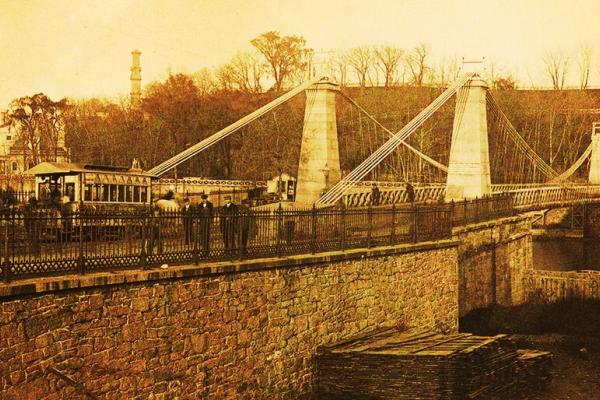
Ten bridges linked West Philadelphia to the central city in the second half of the 19th century.

Looking east toward Center City, the Chestnut St. Bridge as it appeared in 2017. In 2020, at this writing, the bridge was undergoing renovations by Penn DOT.

Transportation innovation and real estate development cumulated in the creation of a streetcar suburb in the city by the end of the 19th century. Part V highlights the diversity of architectural forms that characterized upper-middle-class houses around the University of Pennsylvania in the late-Victorian era.
Transportation innovation and real estate development cumulated in the creation of a streetcar suburb in the city by the end of the 19th century. Part IV highlight owner-occupied mansions, among other developments.
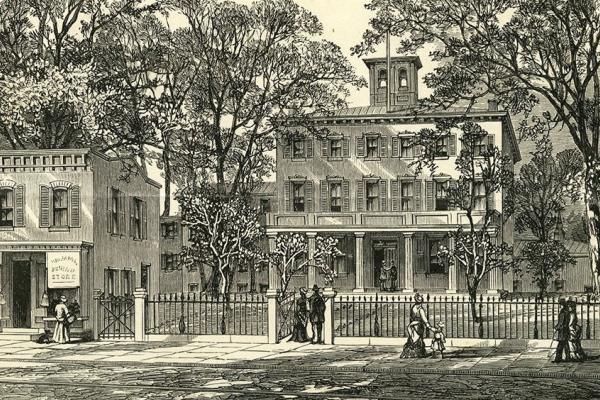
Transportation innovation and real estate development cumulated in the creation of a streetcar suburb in the city by the end of the 19th century. Part III focuses on two little-remembered, transient areas of post-Civil War West Philadelphia—Maylandville and Laniganville—and the short-lived neighborhood of Greenville.
Transportation innovation and real estate development cumulated in the creation of a streetcar suburb in the city by the end of the 19th century. Part II focuses on the Haddington neighborhood and three other areas of residential development: 52d Street below Market, Baltimore Avenue between 43rd and 47th streets, and Satterlee Heights, east of Baltimore above 43rd.
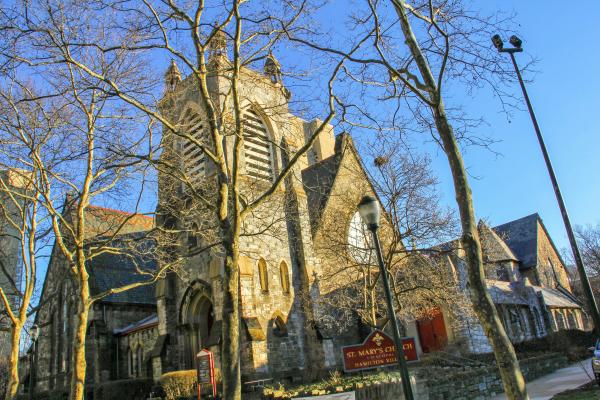
In the 19th century, West Philadelphia saw the rise of many institutions: a private hospital for the insane and a public almshouse, institutions of higher learning, hospitals, schools, and benevolent and charitable institutions.

Transportation innovation and real estate development cumulated in the creation of a streetcar suburb in the city by the end of the 19th century. Part I primarily looks at the emergent neighborhoods of Hamilton Village, Powelton Village, Mantua, and Hestonville.
Opening day at the 1876 Centennial Exposition. For the Centennial Exposition Story Collection (with four stories), see West Philadelphia Collaborative History https://collaborativehistory.gse.upenn.edu/stories/centennial-exposition-1876-evolving-cultural-landscape.

This story collection originated as “The History” component of the University of Pennsylvania Archives’ online West Philadelphia Community History Center, inaugurated in 2009 by Penn’s director of Archives, Mark Frazier Lloyd, and the Penn historian Walter Licht.
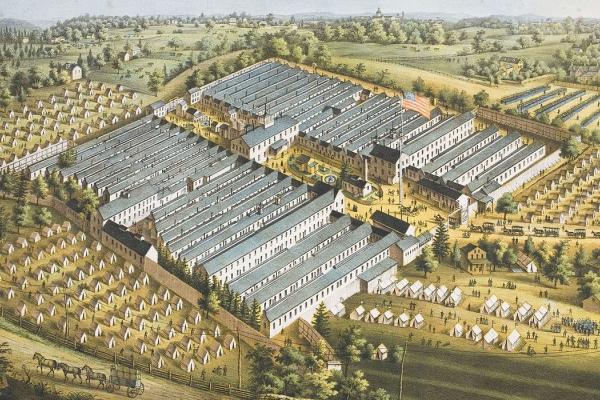
The construction of three major venues after 1854 put West Philadelphia in the national eye: the Satterlee General Hospital, the Philadelphia Zoo, and the Centennial Exposition of 1876.
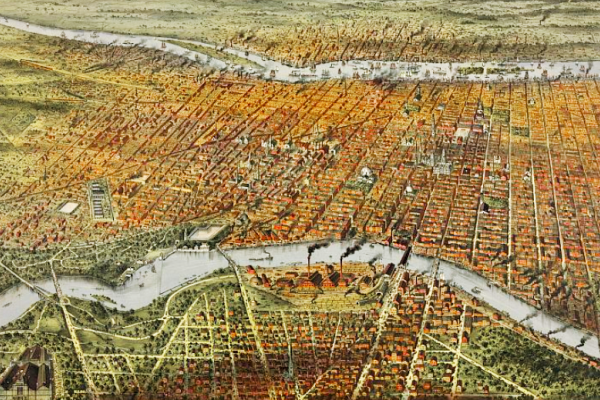
Social unrest and violence in districts due northeast and southeast of Philadelphia led to the political incorporation of these areas and Blockley (West Philadelphia) into a municipality vastly larger than William Penn’s original City of Brotherly Love.